The Valley of Flowers: A Complete Guide to Nature’s Wonderland
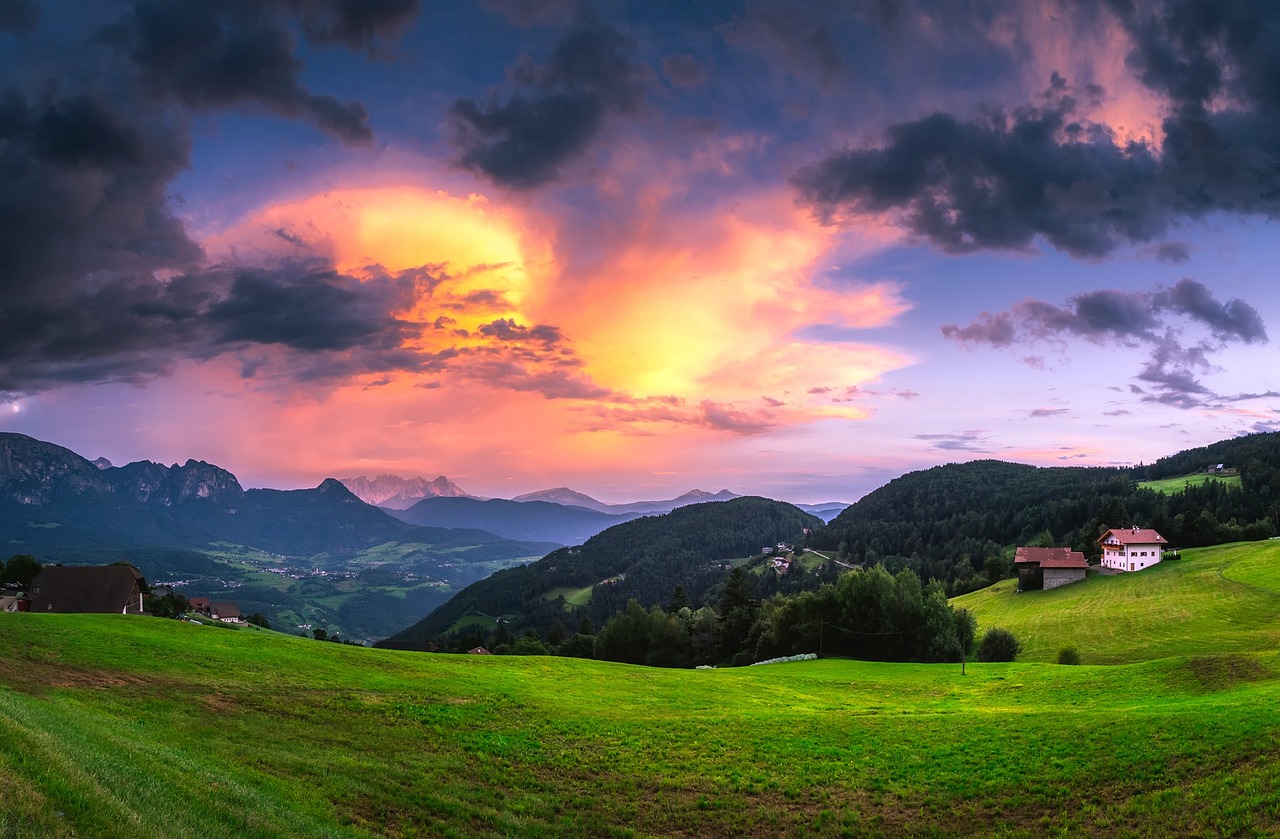
Explore the breathtaking Valley of Flowers in Uttarakhand — a UNESCO World Heritage Site known for its vibrant alpine flora and stunning Himalayan landscapes.
🌺 The Valley of Flowers: A Complete Guide to Nature’s Wonderland
Introduction
Tucked away in the Garhwal Himalayas of Uttarakhand, the Valley of Flowers National Park is a vibrant canvas of blooming wildflowers, snow-capped peaks, and pristine air. This UNESCO World Heritage Site is one of India’s most enchanting natural treasures and a dream destination for trekkers, botanists, photographers, and nature lovers.
Every monsoon, thousands of rare and exotic flowers bloom in unison, carpeting the valley in an ever-changing palette of colors. The valley, stretching over 87.5 square kilometers, is nestled at an altitude of 3,658 meters and remains one of the most biodiverse regions in the Western Himalayas.
1. History and Discovery
While locals always believed the valley to be blessed by fairies, it remained a well-kept secret until 1931, when British mountaineer Frank Smythe stumbled upon it during an expedition to Mount Kamet. Mesmerized by its beauty, he named it the “Valley of Flowers” and introduced it to the world.
Since then, it has become a protected zone, known for its alpine flora, spiritual serenity, and untouched beauty.
2. Flora and Fauna
During peak bloom (July–August), the valley is home to over 500 species of wildflowers, including:
-
Blue Poppy
-
Brahma Kamal
-
Cobra Lily
-
Marsh Marigold
-
Primulas & Daisies
The park also hosts rare and endangered wildlife like:
-
Snow Leopards (rare sightings)
-
Asiatic Black Bears
-
Himalayan Monal
-
Musk Deer
-
Red Fox
3. Best Time to Visit
The valley is open from June to early October, but the best time to witness the full bloom is mid-July to August, right after the monsoon rains. This is when the meadows burst into vibrant hues under misty Himalayan skies.
4. How to Reach
-
Base Village: Govindghat (13 km trek to Ghangaria, then 3.5 km to the valley)
-
Nearest Airport: Jolly Grant, Dehradun (292 km)
-
Nearest Railway: Rishikesh (273 km)
-
Trek Level: Moderate (suitable for first-time trekkers with preparation)
From Govindghat, visitors trek through scenic pine forests, waterfalls, and mountain passes to reach the base camp at Ghangaria, from where both the Valley of Flowers and Hemkund Sahib (a sacred Sikh pilgrimage site) are accessible.
5. Entry and Regulations
-
Entry Fee: ₹150 (Indians), ₹600 (Foreigners) for 3 days
-
Guides: Optional, but recommended
-
Camping: Not allowed inside the valley
-
Stay: Available in Ghangaria (basic lodges and GMVN guesthouses)
6. Tips for Visitors
-
Carry rain gear, warm clothes, and trekking shoes
-
Altitude sickness is real—acclimatize in Ghangaria
-
No plastic is allowed; it's an eco-sensitive zone
-
Mobile network is patchy, so plan accordingly
-
Respect nature — do not pluck flowers or stray from marked paths
7. Why It’s Special
Unlike any place on Earth, the Valley of Flowers offers a spiritual and sensory experience. With every step, you're greeted by butterflies, rare birds, and blossoms swaying in the Himalayan breeze. It's not just a trek; it's a journey into nature’s own artwork.
8. Extended Travel Plan
-
Combine your trip with Hemkund Sahib (steep 6 km hike from Ghangaria)
-
Visit Badrinath (a sacred Hindu temple town) nearby
-
Explore Auli for skiing and stunning views of Nanda Devi
Conclusion
If the Taj Mahal is a tribute to love, then the Valley of Flowers is a tribute to life itself. Peaceful, remote, and wildly colorful, it feels like a dream painted in nature’s finest colors. It’s not just a destination — it’s an escape into Himalayan heaven.

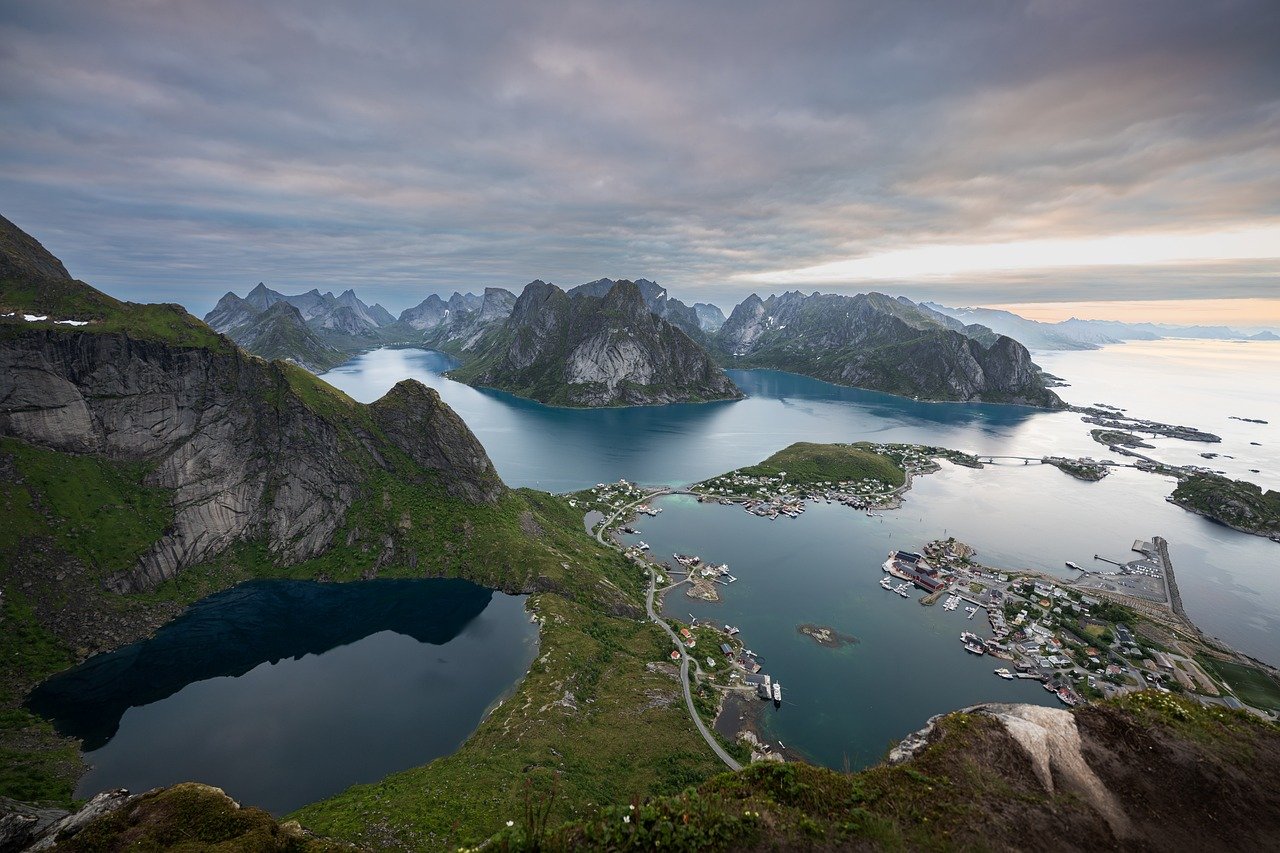
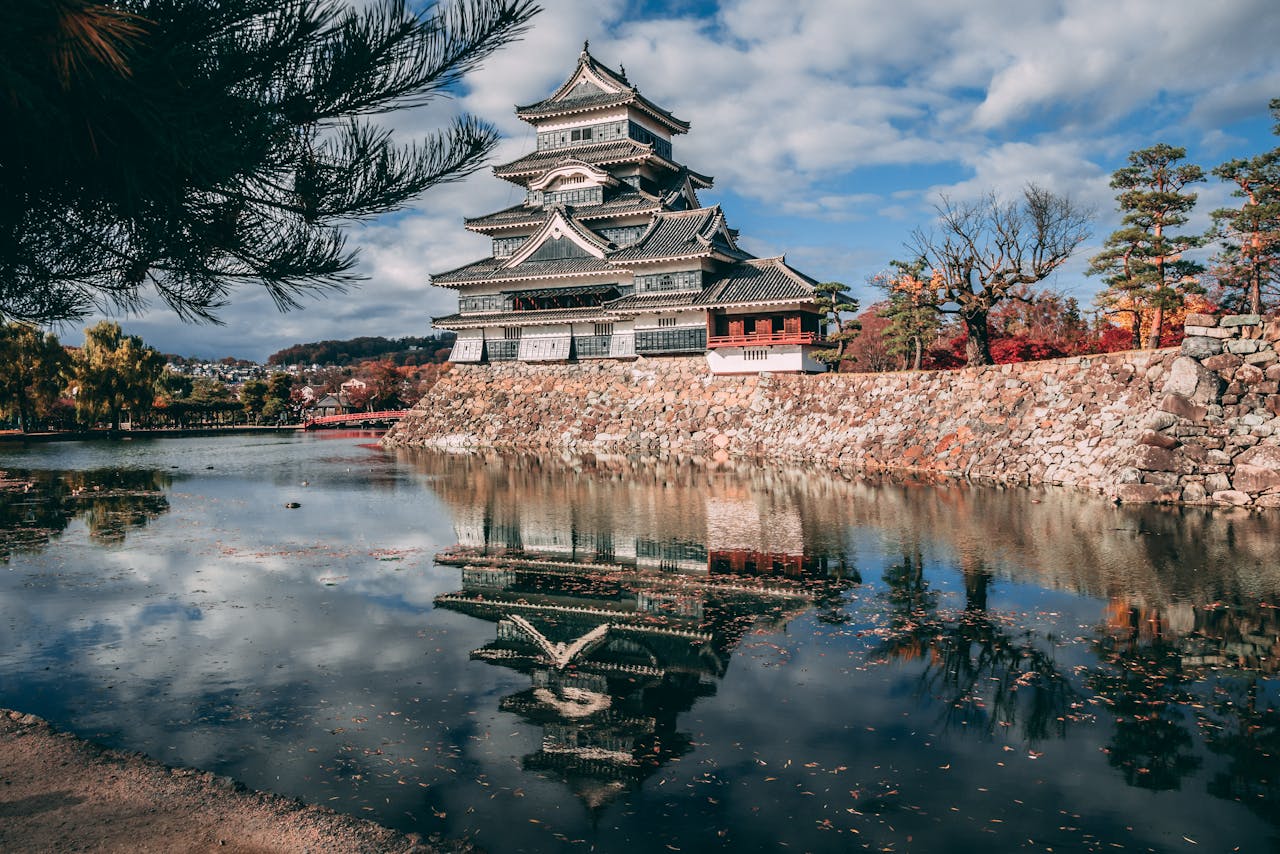
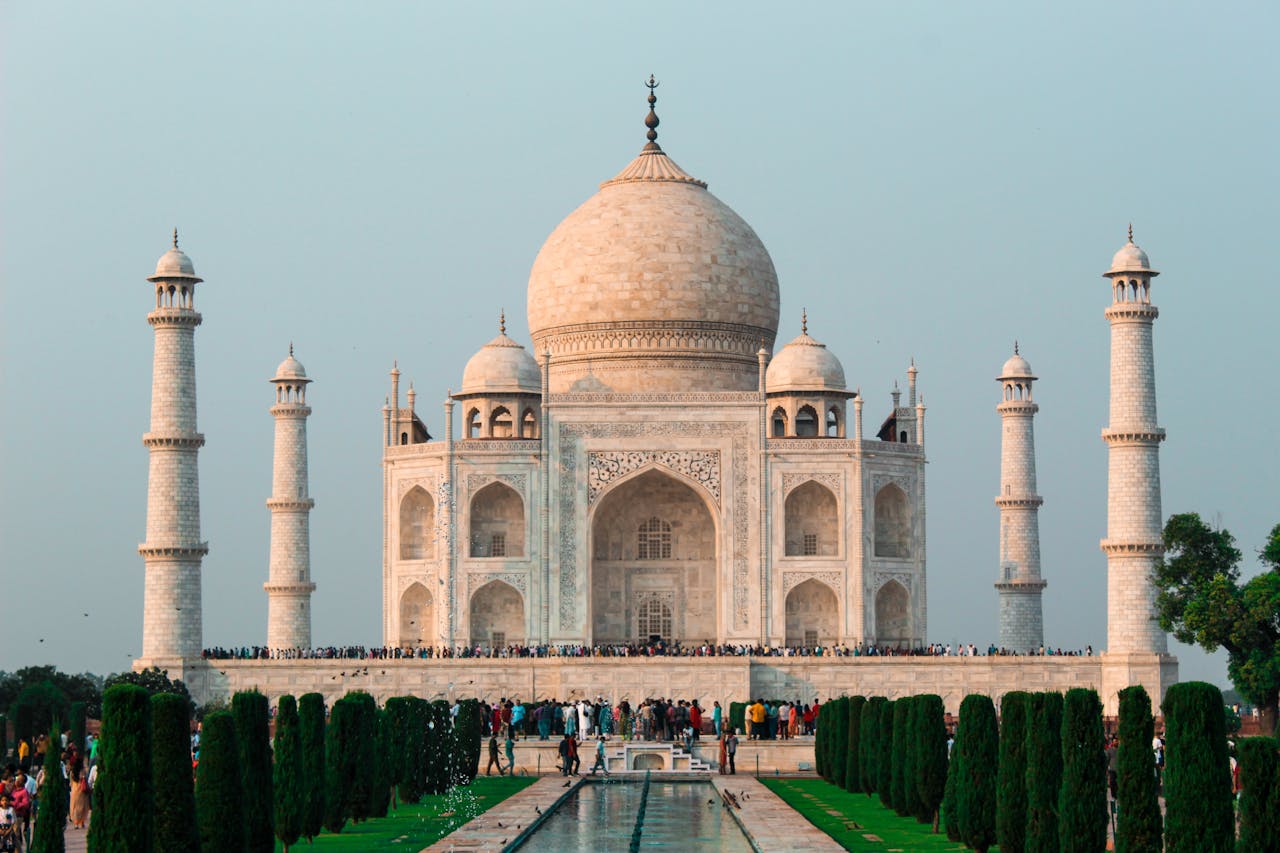
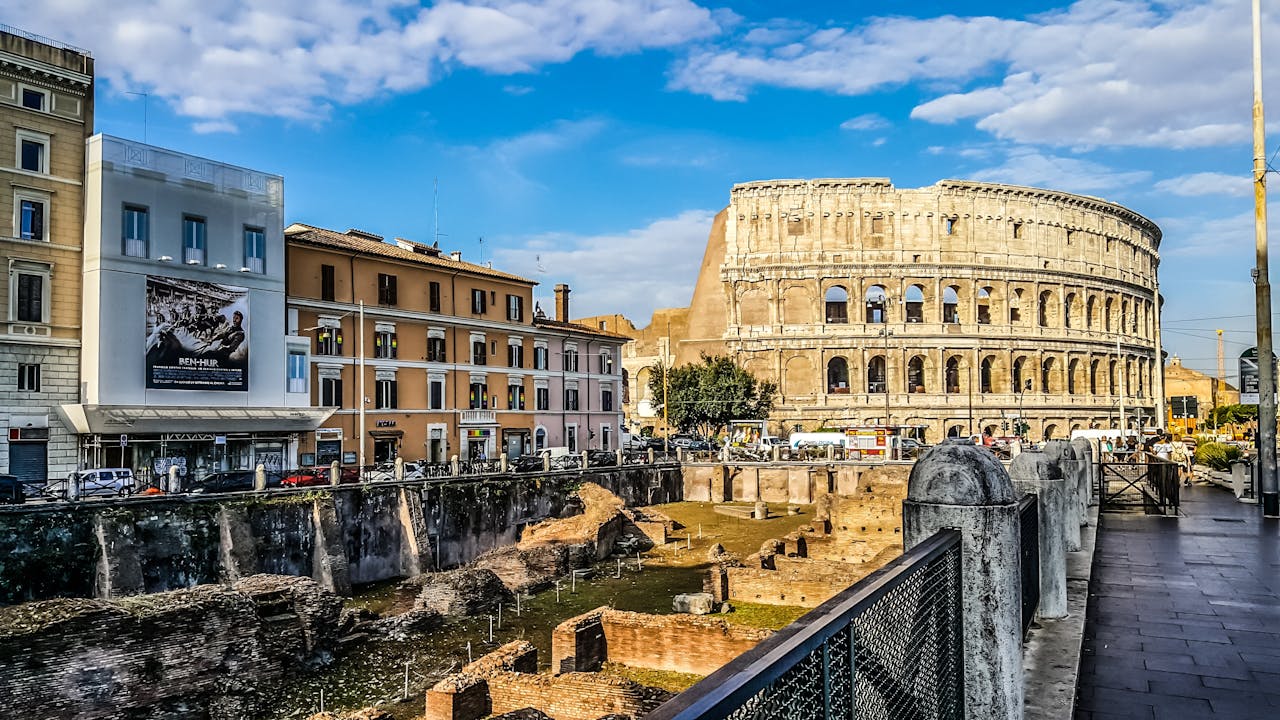
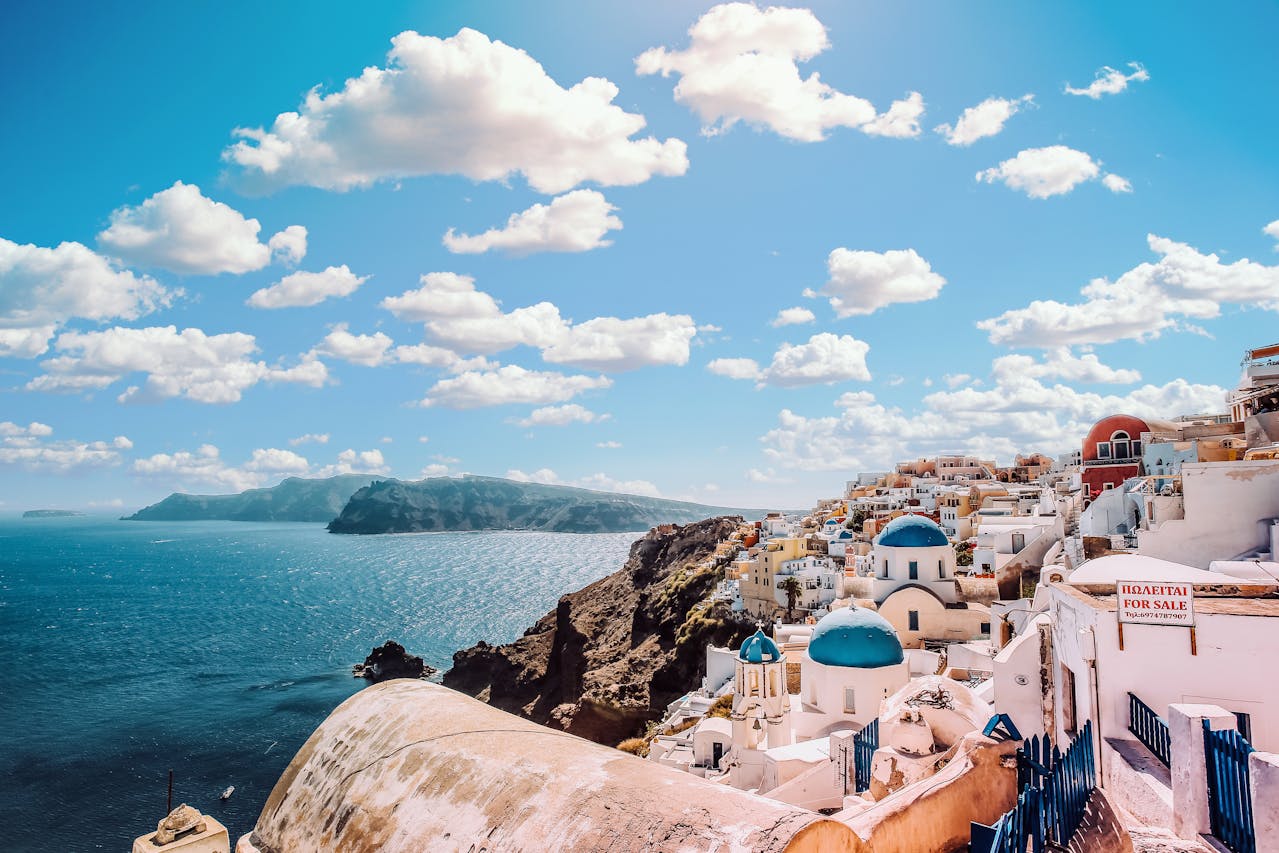
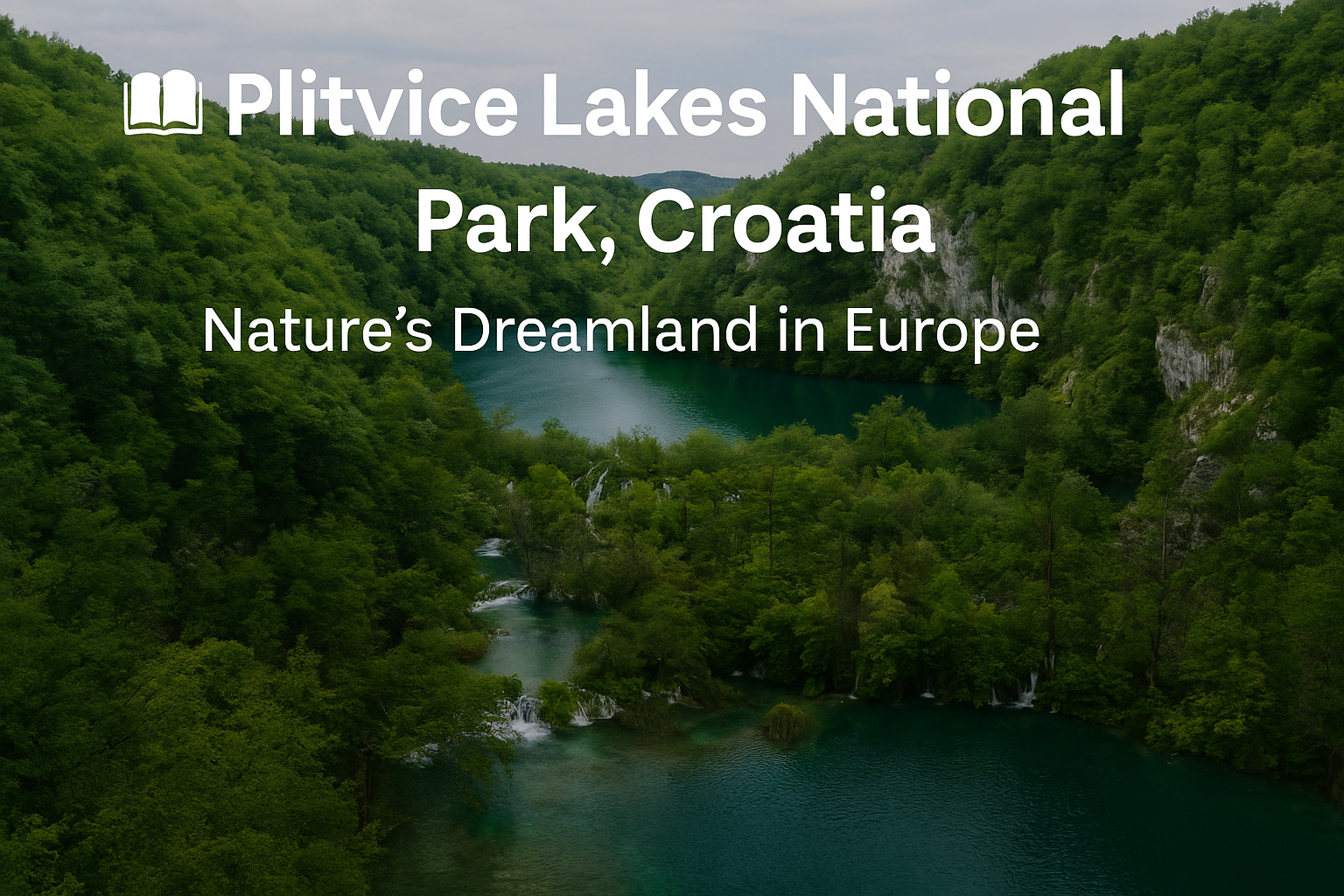
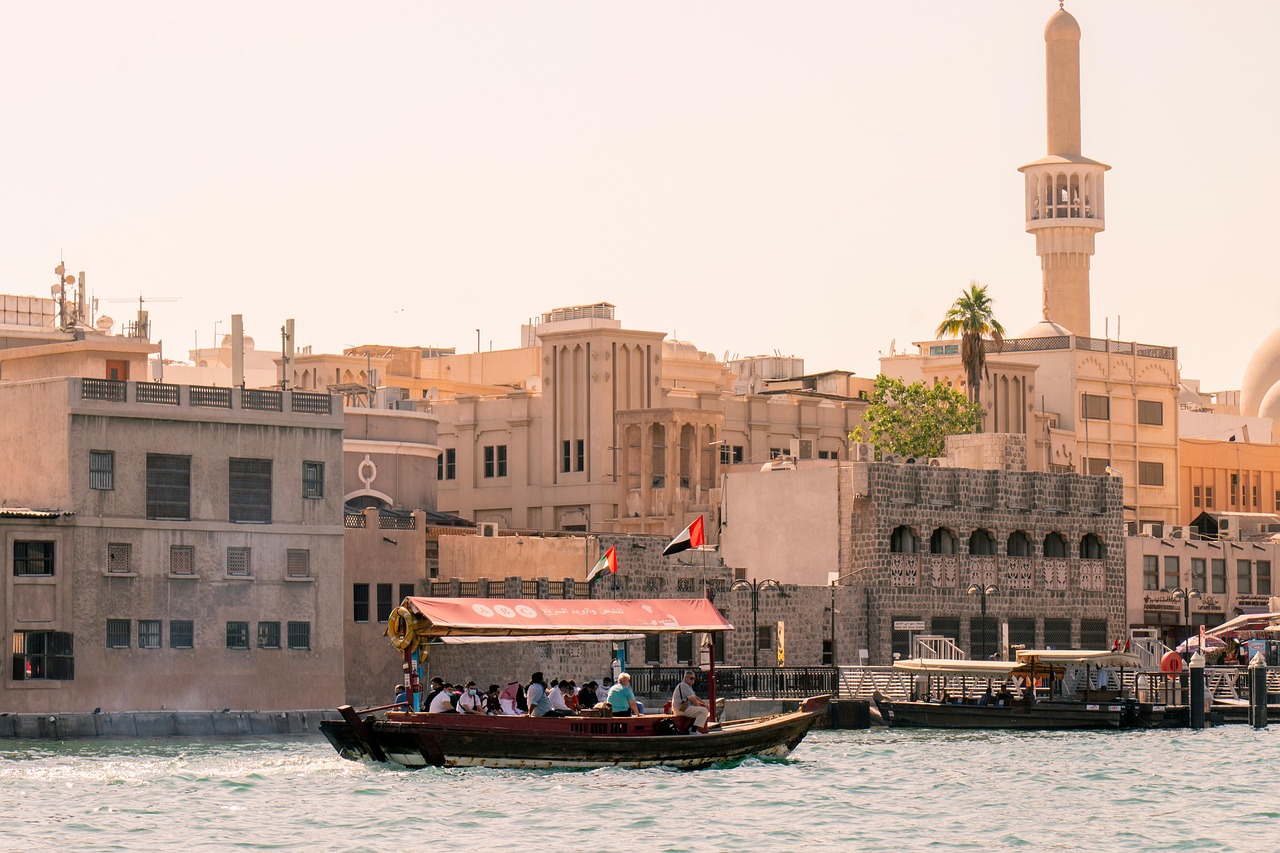
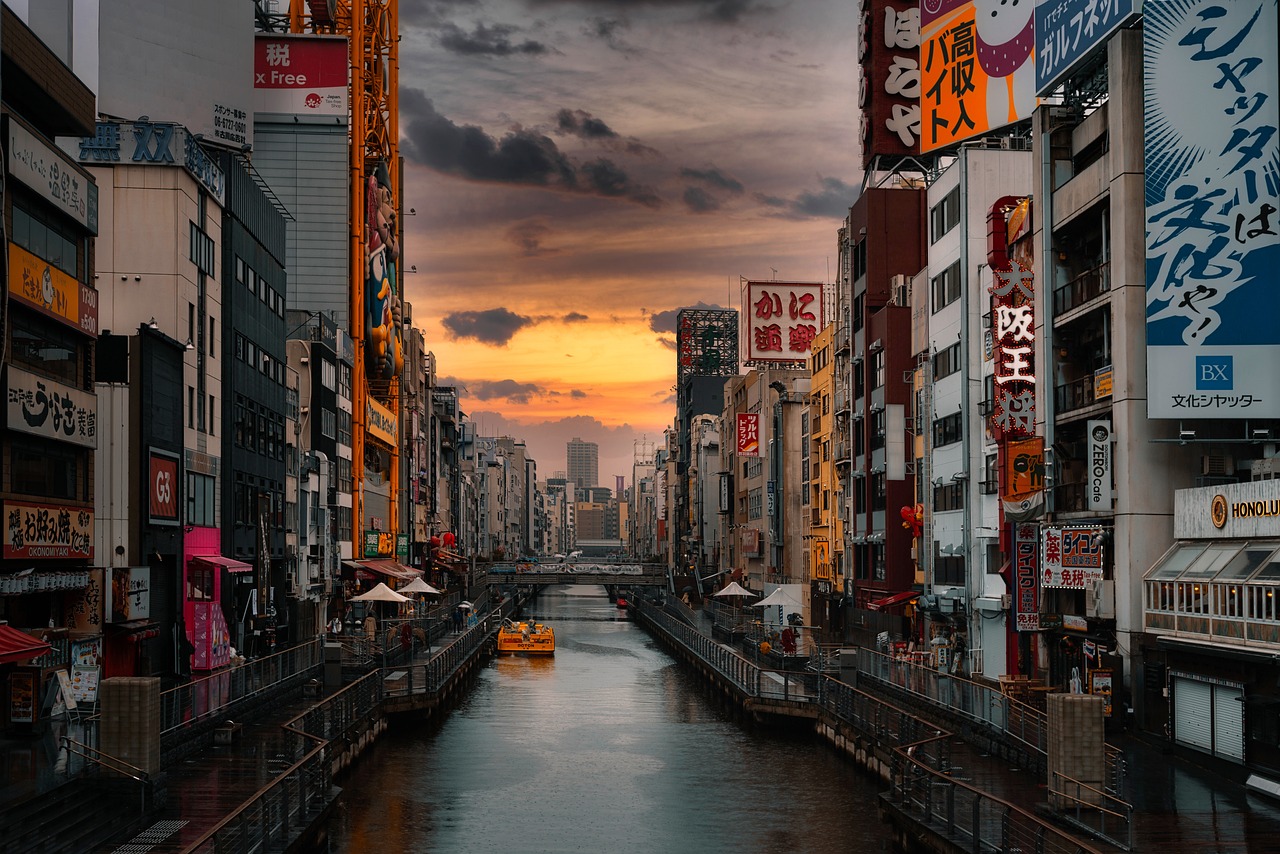
Comments (0)
Please login to leave a comment.